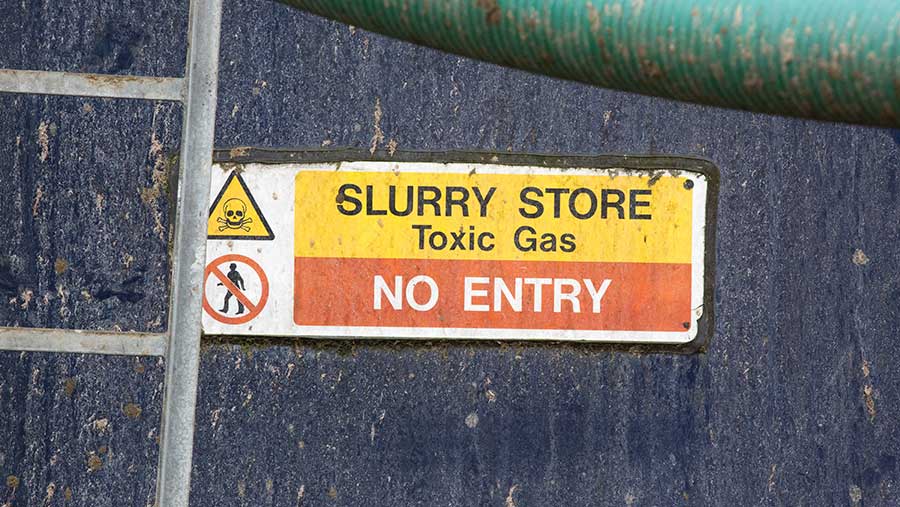NFUS calls for clarity on looming slurry law changes
 © Tim Scrivener
© Tim Scrivener NFU Scotland (NFUS) has urged the Scottish government to clarify available support options for farmers who face huge costs to meet tough new slurry storage rules.
The new rules on application methods for slurry and digestate come into force in Scotland from 1 January 2023 and threaten the viability of some holdings.
But, despite the risk to their businesses, farmers have been left in an “information void” and without advice on how they could mitigate upgrade costs, NFUS said.
The union added that it was still waiting for a response from the government after it sent a written request for more information nine months ago.
In the letter, NFUS officials asked for slurry storage investment to be ring-fenced within the Agri-Environment and Climate Scheme (Aecs) budget.
It also called for the grant rate available, per project, to be increased and for the funding to be made more widely accessible. NFUS is concerned at the limited uptake of support through the Aecs.
See also: Dutch announce forced buyout of farms to cut emissions
Since launching in 2016, just 134 slurry storage applications have been approved, accessing £5.2m.
From a total AECS budget of some £290m since 2016, it appears that less than 2% has been allocated to slurry storage, NFUS pointed out.
In addition to more approvals under the Aecs, NFUS wanted the £5m Sustainable Agricultural Capital Grant Scheme (SACGS), for specialist slurry equipment to be significantly expanded in 2023.
That should include increases in overall available funding, eligible expenditure, funding per business and grant rates.
The union said Scotland had fallen behind England, where Defra has recently announced grants of £25,000-£250,000 to help meet slurry legislation changes.
NFUS Argyll and Islands regional chairman Duncan Macalister said it was disappointing the Scottish government had not responded to the union’s requests.
“Farmers and crofters affected [are] none the wiser on what support will be available for the necessary investments in the storage and application of slurry.
“These are additional costs that cannot be recovered via enhanced market returns or for which banks are willing to provide additional lending, because such investment does not yield a financial return,” Mr Macalister said.
What are the changes in Scotland?
In January 2022, the Scottish government tightened rules around storage of slurry and silage with a four-year transition period for implementation.
Capacities were extended to 22 weeks for housed cattle and 26 weeks for housed pigs.
There were also new requirements for the targeted and efficient application of slurry and liquid digestate.
From 1 January 2023, slurry will not be allowed to be applied by high trajectory raised splash plate or rain guns depending on certain farm size limits.
However, from 1 January 2027, any derogations on farm size are removed and all slurry must be applied by precision equipment.
From 1 January 2023, liquid digestate can only be applied using precision equipment.
The proposals also set an obligation for farmers to comply with the Risk Assessment for Manures and Slurries (Rams).
Detailed advice on the rules and which farms are covered is available on the Farming And Water Scotland service website.
